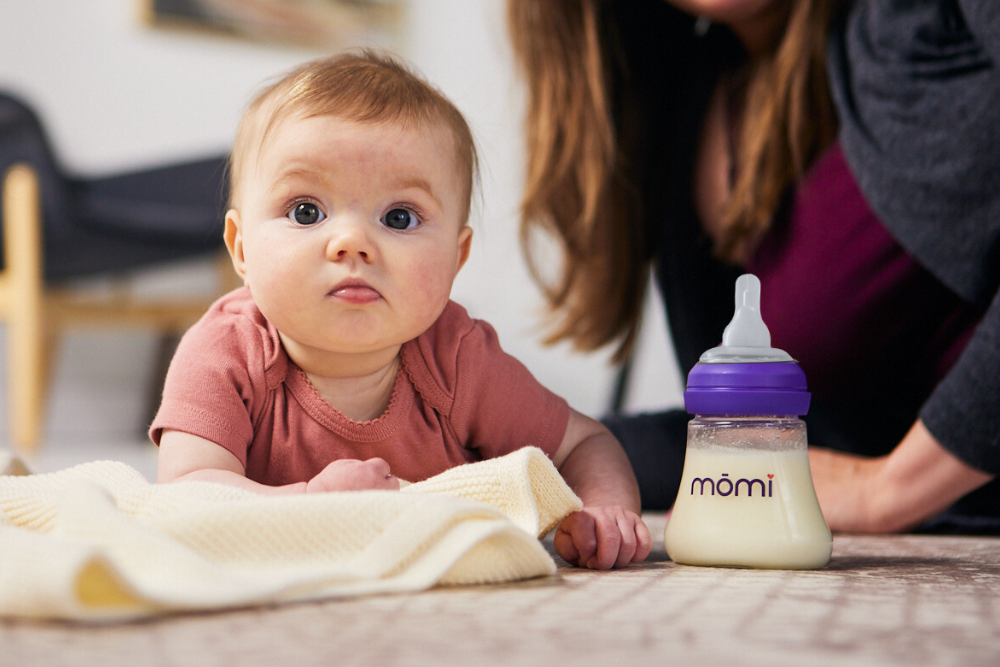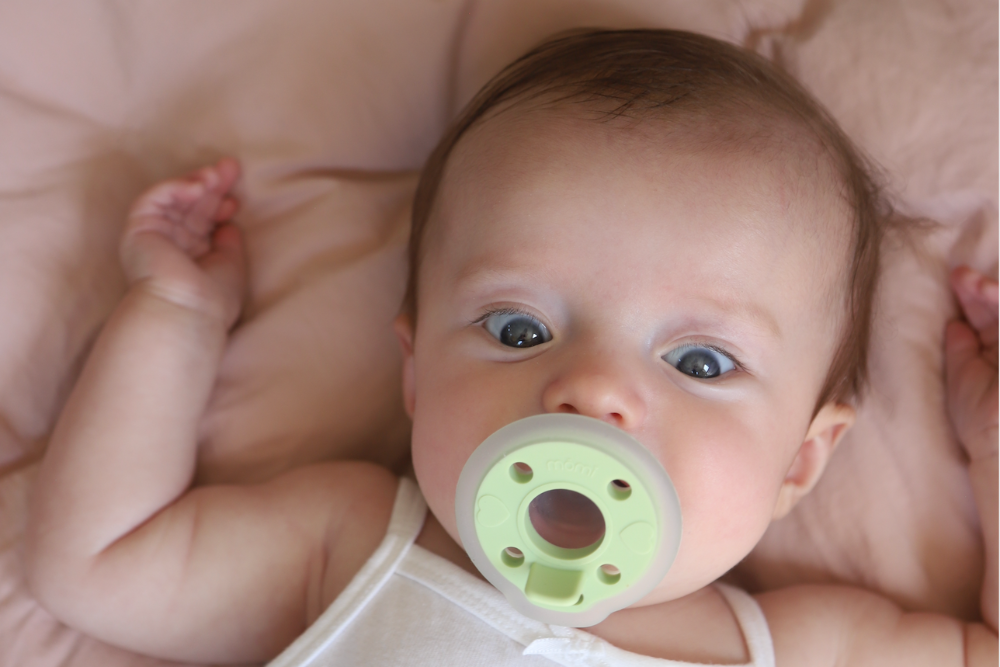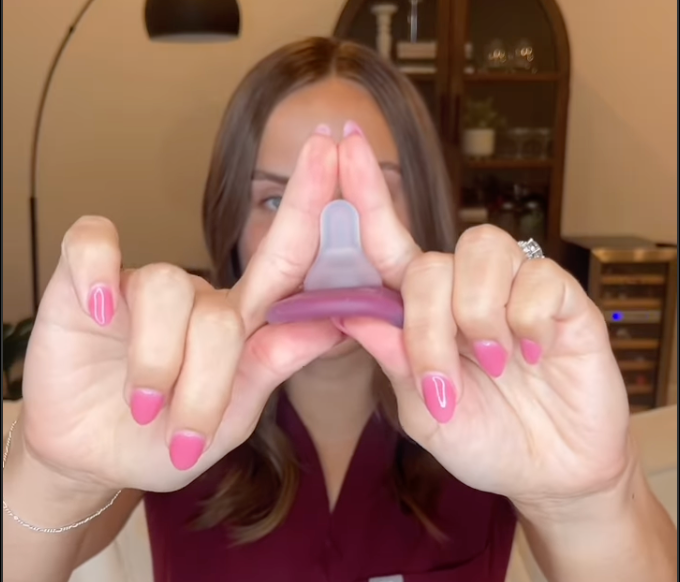This time of year, your medicine cabinet might be overflowing as you face the seasonal uptick in colds, flu and respiratory viruses. Most over-the-counter remedies for kids aren’t safe for babies, so what can you do?
the trouble with congestion in little ones
Colds and upper respiratory symptoms are especially challenging in babies. They get lots of colds from exposure through childcare or school aged siblings, and treating the congestion is difficult because there are no targeted treatments before age 4 years. All that snot can interrupt sleep, feeding and general wellbeing, and it puts babies at risk of ear infections.
Since babies are too little to take medication or even manage a Kleenex, treatment of cold symptoms and nasal congestion is largely directed at removing the mucous.
Dr. Meg Alden, a practicing pediatrician in Winston Salem, NC and mōmi’s Chief Medical Officer, recommends that “parents of congested little ones should turn to the three mainstays - a cool mist humidifier, a nasal suction device and an intranasal saline sprayer.”
using a humidifier
A humidifier should be filled with pure water. You can use bottled or distilled water, but tap water is also fine. To be effective, the humidifier should be placed close enough to the baby that sheets or pjs even get a little damp. Putting it on the dresser or across the room from where baby is sleeping, won’t effectively create enough moisture to be helpful for baby. “I often tell parents to put the humidifier on a TV tray or small table, just out of arm’s reach from the crib or bassinet, and direct the mist towards the baby’s nose,” says Dr. Alden. Don’t forget that humidifiers need to be cleaned regularly to prevent the growth of mold.
when you need to suction snot
Nasal suction is also critical (if unpleasant). Dr. Alden knows: “Babies hate it and parents hate doing it. I recommend doing it on the changing table because baby is elevated and the surface is firm. As soon as the snot is sucked, snuggle that baby and soothe those tears. You can’t suction too much, so do it as often as you feel led based on the level of congestion your baby is dealing with.”
salt water cures
Under the pseudonym Isak Dinesen, Karen Blixen famously wrote that “the cure for everything is salt water: “sweat, tears, or the sea." She forgot intranasal saline! As a treatment for congestion, saline has been around for a long time, and it continues to be a mainstay. Dr. Alden likes to recommend the boogie micro-mist inhaler, because it includes a mask. Instead of spraying the saline up your baby’s nose, the mask creates a mist that baby can breathe in to help to dissolve their congestion. For this, she recommends sitting baby on your lap, facing out, with their head against your chest. In this position, you can watch to make sure that the mask is sealed before you administer a puff. After the saline mist (which works internally to break up congestion) and once baby is settled, it’s a good time to suction.
what about essential oils?
Dr. Meg doesn’t recommend adding any oils, salts or Vick’s tablets to a humidifier. These can be irritating to baby’s inflamed nasal passages, actually increasing mucous production.
alleviate nighttime discomfort
Congestion is especially uncomfortable for all of us when we lie down to sleep. Before bedtime, sit with baby in a steamy bathroom. The humidity can help clear baby’s nasal passages before they lay down to sleep.
feeding when congested
Colds can be disruptive for baby’s feeding, too. Until babies are 3-4 months old, they don’t have the reflex for breathing through their mouths. Feeding is challenging when baby’s nose is stopped up! Dr. Meg encourages parents to shift baby’s feeding if congestion is interfering. A more frequent feeding schedule with smaller volumes can be helpful, since baby needs to be well-hydrated to thin the mucus they’re fighting. (If you’re nursing or feeding with breastmilk, it contains antibodies that will help boost baby’s immune system.)
keep an eye on baby’s symptoms
Always watch for fevers, increased fussiness, or worrisome changes in feedings (like a reduction in overall volume that baby is consuming, which should be about 24 ounces each 24 hours). Contact your pediatrician for an appointment to have your baby checked if you are worried, since colds and respiratory viruses can cause ear infections or other secondary as little ones can get sick with ear infections or other secondary complications.




